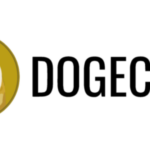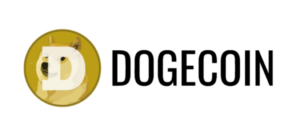Original Dogecoin White Paper Unrecognized by Many – INDODAX

Many individuals who search for the Dogecoin white paper often stumble upon Dogechain, leading to confusion, particularly among those who are not well-versed in Dogecoin-related projects.
It is crucial to distinguish between the two as errors in comprehension could result in misguided investment decisions. Therefore, educating oneself about these projects is imperative to ensure a clear understanding and to avoid missteps in the realm of cryptocurrency.
Dogecoin, a cryptocurrency that emerged in response to the overly serious nature of the digital currency world, was introduced to the public in 2014 as the pioneer meme coin that openly incorporated humor and internet culture elements. Unlike Bitcoin or Ethereum, Dogecoin did not come with a technical white paper, as it was not meant to be a complex technological innovation from the outset.
Despite its lack of a white paper, Dogecoin quickly captured public attention due to its lighthearted, entertaining, and easily digestible approach. The token garnered widespread recognition and usage with the assistance of influential figures such as Elon Musk and Snoop Dogg, further solidifying its presence in the global crypto community.
Dogecoin was founded by two software engineers, Billy Markus and Jackson Palmer, in 2013. Initially created as a means of satire, Dogecoin aimed to parody the flood of new altcoins that often made grandiose claims without offering tangible value. Despite its satirical origins, Dogecoin evolved into a global phenomenon, fostering a rapidly growing community and becoming a symbol of inclusive participation in the crypto sphere.
Driven by its unofficial motto, “Do Only Good Everyday,” Dogecoin cultivated a culture centered on unity, education, charitable giving, and the ethos of benevolence, aligning with the meme that characterizes it.
The absence of a white paper for Dogecoin raises questions among many individuals comparing it to projects like Bitcoin or Ethereum. Dogecoin’s origins shed light on this discrepancy, as the coin is a derivative of Litecoin, leveraging existing blockchain structures rather than introducing new technological advancements from scratch.
Unlike Bitcoin, which was meticulously designed by Satoshi Nakamoto with a comprehensive vision outlined in a white paper, Dogecoin’s inception was not intended to solve a specific technical problem. Instead, it aimed to mock the proliferation of trending altcoins lacking substance, relying on community strength and the shared spirit inherent to internet culture for its growth and development.
Dogecoin’s success without a formal white paper or technical roadmap underscores the impact of a simple, community-centric approach in the cryptocurrency ecosystem. It demonstrates that a focus on togetherness, enjoyment, and accessibility can have a significant influence in a domain often perceived as intricate and exclusive.





